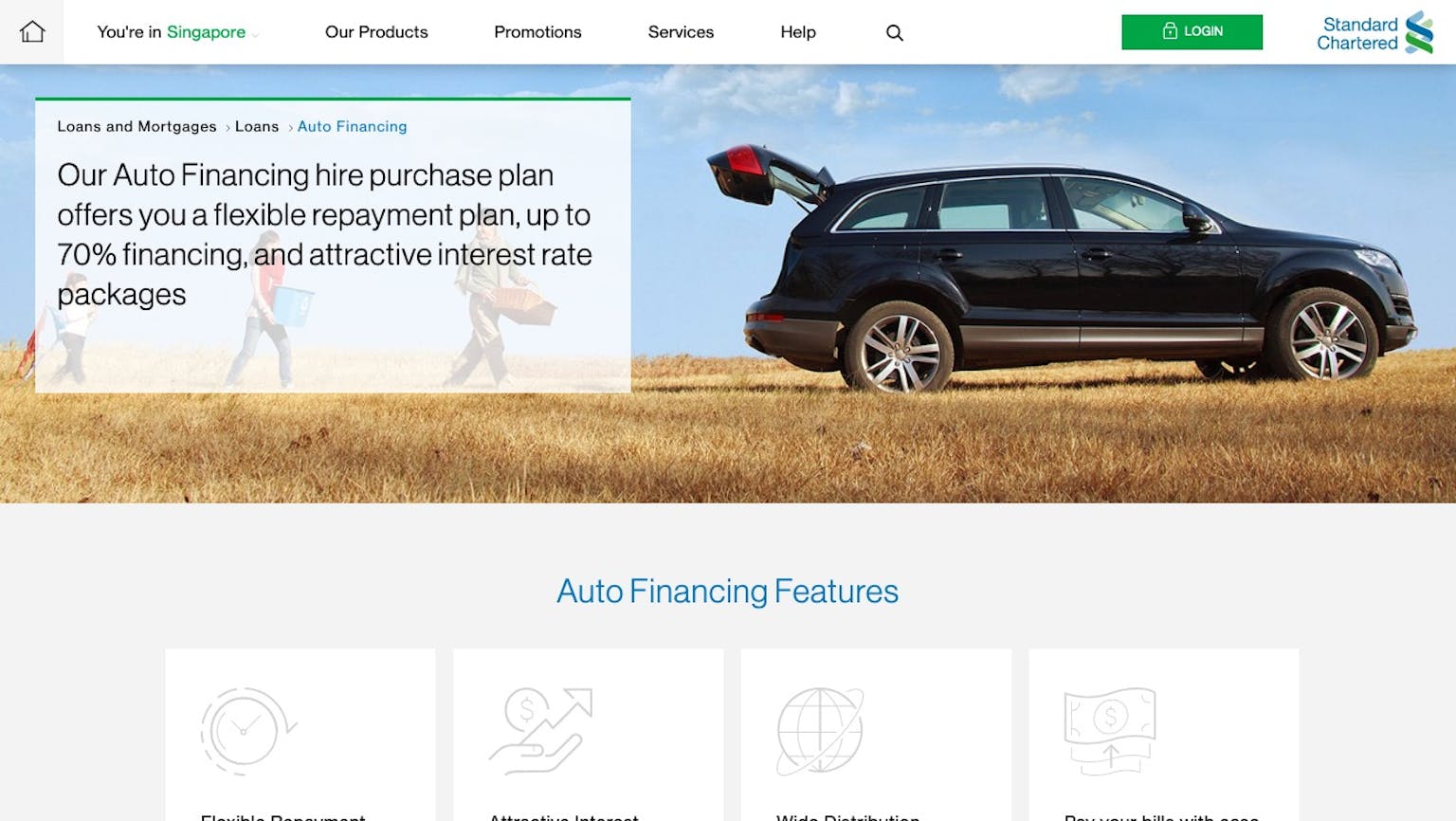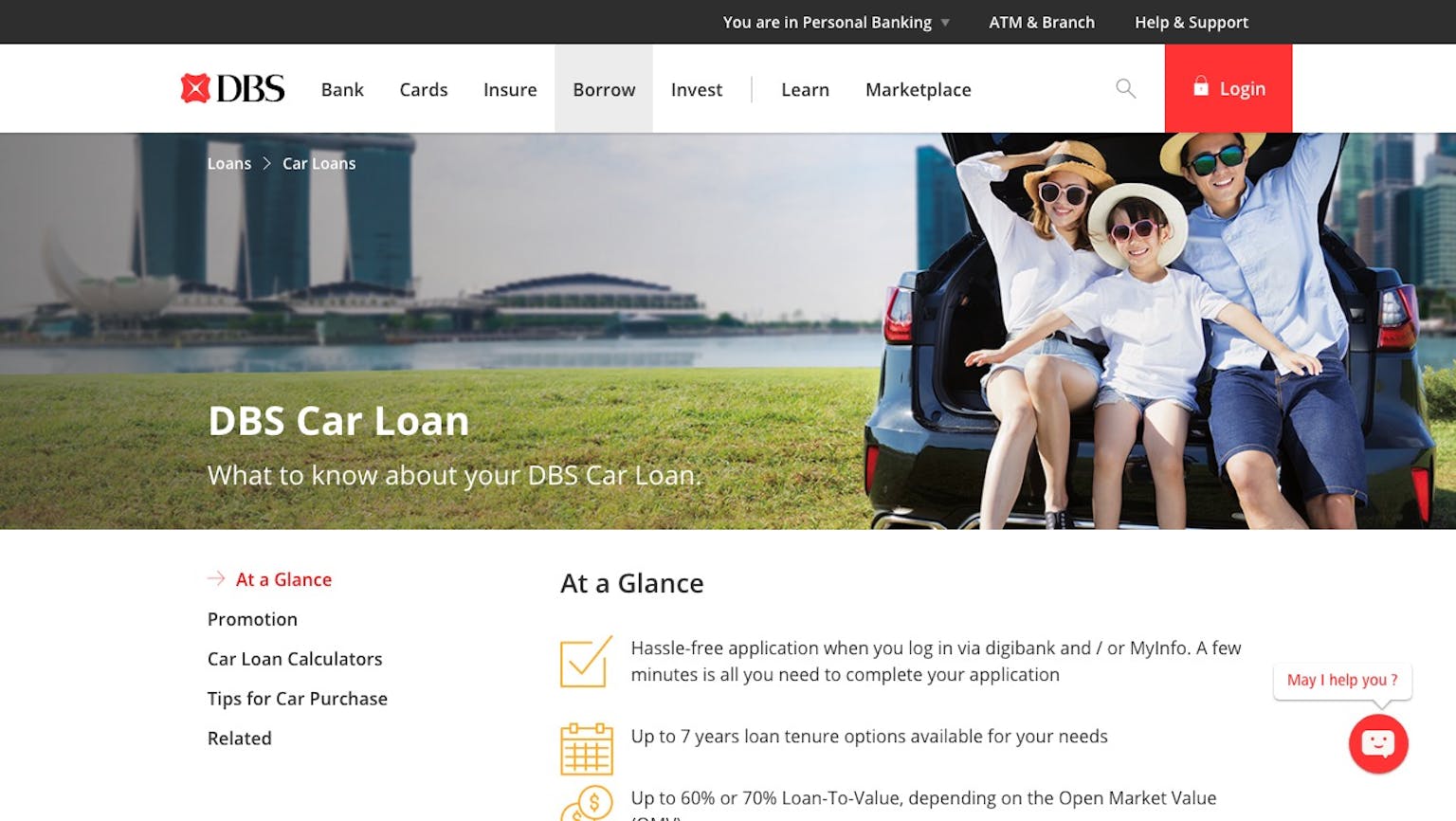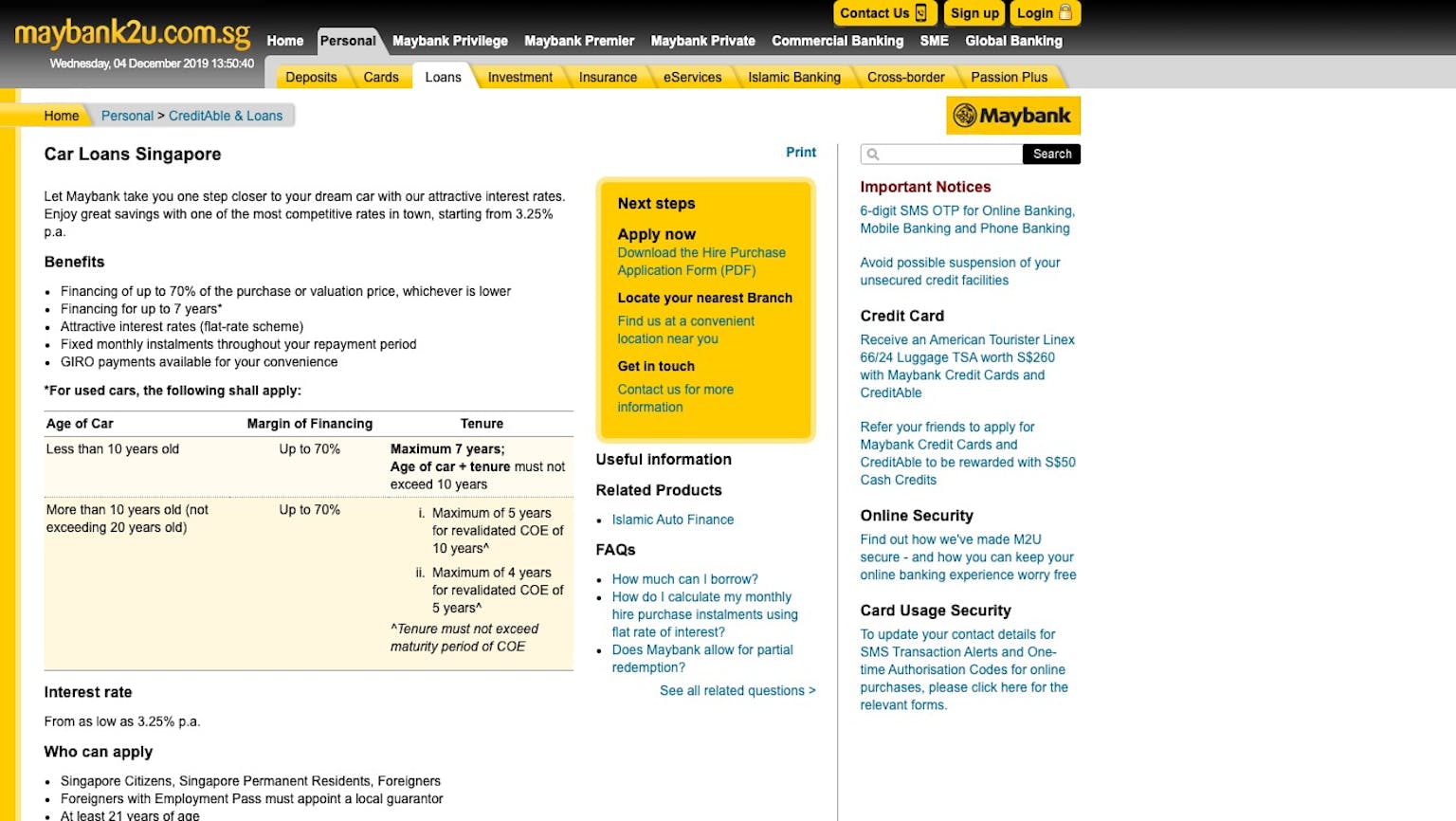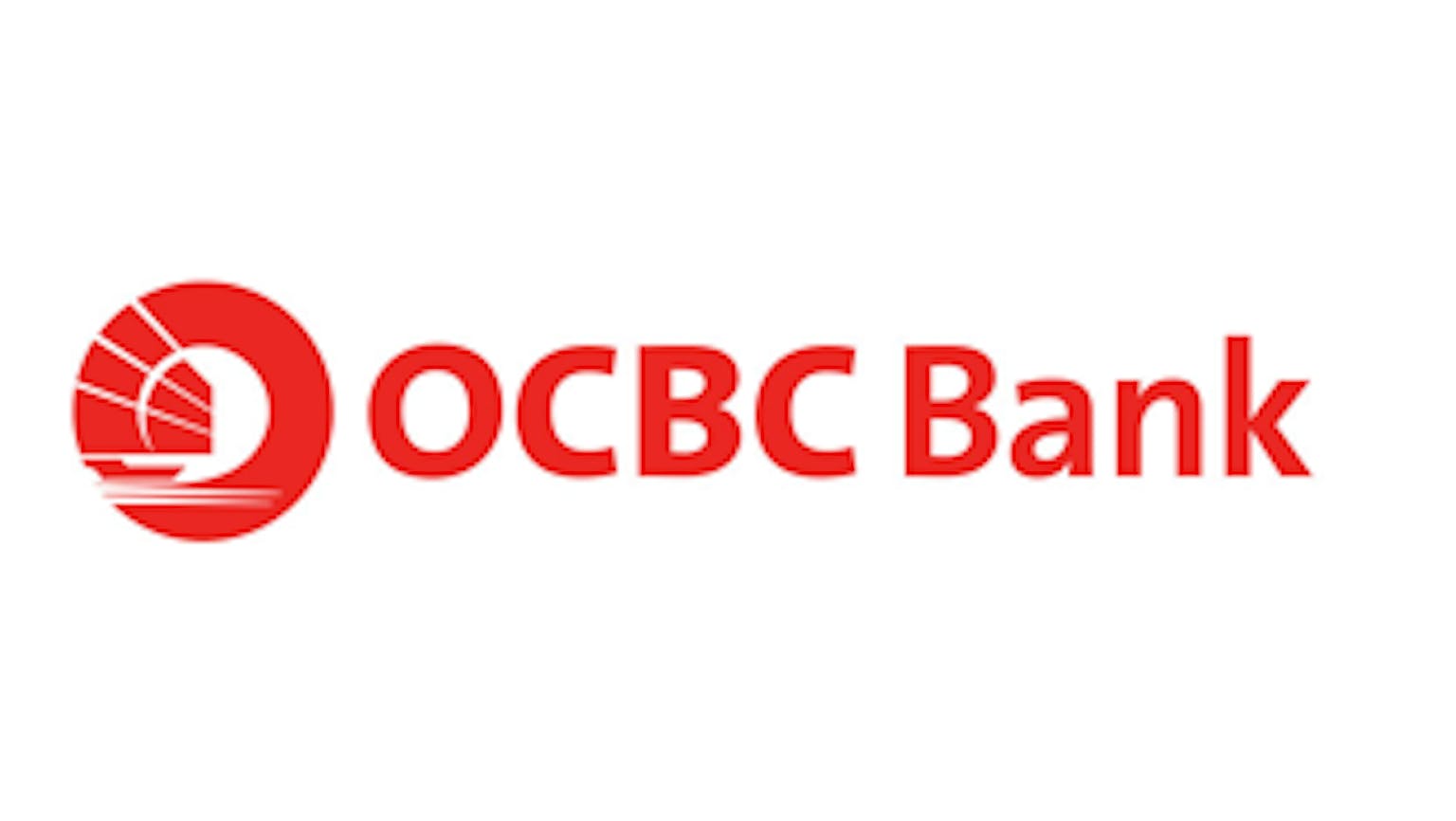Buying a new car is a huge achievement! You saved up enough money and you probably have been approved to receive a loan from the bank, after you sign the agreement form you get to show off your new ride to friends and family members. However, did you happen to miss one of the small but important factors of owning a new car?
Have you heard of the terms COE and CEVS?

everydayplus/shutterstock.com
Well, if you have already bought a new car and haven't heard of these terms we will discuss what COE and CEVS are, as well as, define these terms for new car buyers so that you (the buyer) are more aware of these terms so you can include them in your list of factors when considering a budget for a new ride in Singapore.
First Question, What Is COE?

COE is defined as the Certificate of Entitlement (COE) this is the document that you need to register for a new car.
COE is broken down into 5 categories:
-
- A. Cars with engine capacity of 1600 CC and below.
- B. Cars with engine capacity higher than 1600 CC.
- C. Goods carrying vehicles and buses4.
- D. Motorcycles
- E. The ‘Open’ category, which can be used for all of the above.
Just because you can purchase a new vehicle doesn't mean you automatically receive a COE. You need to bid on the limited number of COE that is available and win it. As COE is limited, the price can go even higher than the car itself if demand is high. On the other hand, dealers can also package your new car purchase together with the COE.
Second Question, What Is CEVS?

Carbon Emissions-Based Vehicle Scheme (CEVS) was introduced in Singapore to encourage choosing of eco-friendly cars. Depending on your car’s carbon emission volume, you can either get a discount or a surcharge, which can be viewed from the table below:
Exisiting CEVS
Brand
Carbon Emissions
Car
Taxis




A1
Up to 100
$20,000
$30,000
A2
101-120
$15,000
$22,500
A3
121-140
$10,000
$15,000
A4
141-160
$5,000
$7,500
B
161-210
$0
$0
C1
211-230
$5,000
$7,500
C2
231-250
$10,000
$15,000
C3
251-270
$15,000
$22,500
C4
Above 270
$20,000
$30,000
Revised CEVS
Brand
Carbon Emissions
Car
Taxis




A1
Up to 95
$20,000
$45,000
A2
95-105
$15,000
$22,500
A3
105-120
$10,000
$15,000
A4
120-135
$5,000
$7,500
B
135-185
$0
$0
C1
185-200
$5,000
$7,500
C2
200-215
$10,000
$15,000
C3
215-230
$15,000
$22,500
C4
Above 230
$20,000
$45,000
If you do get a rebate, it will be in the form of an ARF rebate which will help reduce your PARF but it is not exactly free cash in your hands. Additionally, CEVS is restrained to a minimum of SGD 5,000 so your ARF will not drop below 5,000 even if your CEVS is as large as a Singapore.
Interesting to note that cars purchased from Parallel Importers (PI) will usually have a high CEVS rebate. This is of the Evolution Coefficient (EC) rate, mandated by the Singapore government at 0.92. Basically, you multiply the PI car's carbon emission by the EC rate of 0.92, which appears in a lower carbon emission figure and hence a higher CEVS rebate.
Here comes the big question:
How Do COE and CEVS Affect My Car Loan?

remek/shutterstock.com
When a car's Open Market Value (OMV) is $20,000 or below, you are qualified for a loan of up to 60% of the car's purchase price; 50% when it's above $20,000.
In simple terms, you can anticipate a minimum down payment of either 40% or 50% of the car's price depending on the OMV. CEVS and COE come into play when you factor in the amount being loaned to you. Accordingly, you don't have to worry about winning the bid you can allow the car dealer to handle the COE bidding process which will cost in the value into your car loan.
If you decide to handle matters yourself, you have to pay for the COE. The car loan will then be calculated from the total price of the car without the COE cost. If the car you decide to purchase is at $50,000 and the COE cost is $1,000, the car loan will instead be determined based on $49,000. This gives you the option to of paying more at the beginning with lower monthly payments or pay less in the beginning and pay more for monthly payments.
COE will not be the only piece removed. Car loans will also consider all your eligible discounts before calculating the final amount including the CEVS rebates.
Here’s some theoretical scenarios to help you understand:
Take into account we will keep Open Market Value (OMV) of the car the same price for both scenarios.
Scenario 1* * OMV= $60,000
- Selling Price= $100,000
- CVES Rebate=$15,000
Car Loan Amount = 50% X (100,000 - $15,000) = 50% X $85,000 = $42,500 Downpayment required= $42,500
In scenario 1, the downpayment required doesn't include COE cost as you will be bidding yourself, so there's no set in the stone amount you need to pay. Although, that is not to say the COE is free, as you will need to pay out of your own hand. As the car loan amount is 50%, you will have to pay the remaining 50% as a downpayment. The next scenario will show if you decide to allow the dealer to handle the COE bidding process.
Scenario 2* * OMV = $60,000
- Selling Price = $100,000
- CEVS Rebate = $15,000
- Dealer's COE Cost = $5,000
Car Loan Amount = 50% X ($100,000 + $5,000 - $15,000) = 50% X $90,000 = $45,000 Downpayment required= $45,000
As the dealer is managing the COE bidding, the amount being loaned to you and the amount you need to pay for the downpayment will increase. Great news for you! You don't have to pay a large amount of money from your own pocket since the COE bidding cost will be included in the loan but the downside is that you have to pay more every month for installments.
Wow, that was a mouth full! COE and CEVS may seem like you're back in math class but with the proper understanding of how to handle your budget for a new car, you can now have confidence driving off the car lot knowing you made the right choice. One factor that is important to remember if you want to get higher CEVS rebates, go for a more eco-friendly car but it doesn't have to be a hybrid. However, choosing a new car with high carbon emissions you may be losing money.
Just remember that an OMV that is higher than $20,000 is eligible for a 50% loan while anything less than that is eligible for 60% loan. Be smart and drive safe!























Please leave your knowledge and opinion!